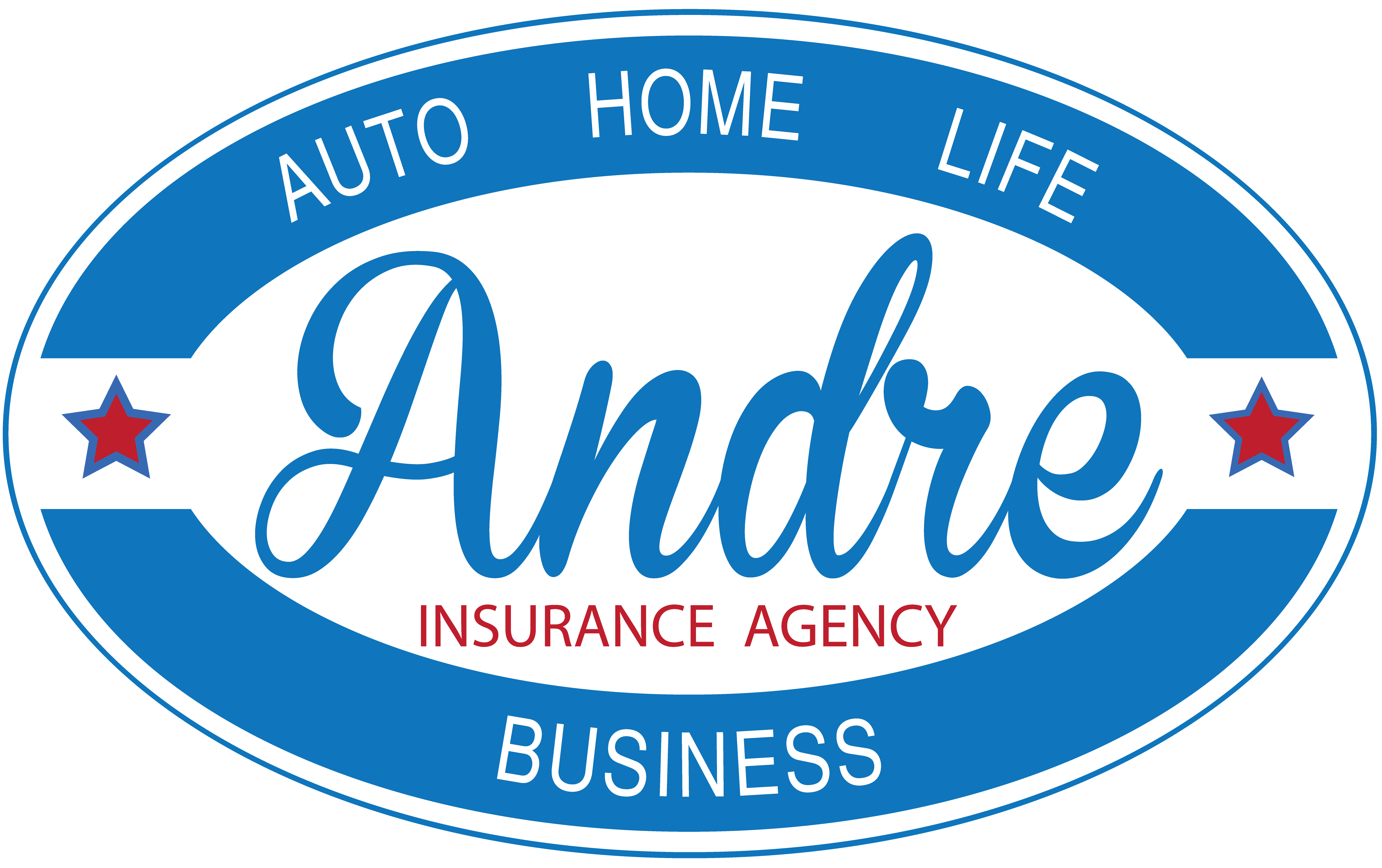Today’s vehicles have flashy designs, brilliant engineering and clever gadgets—many of which help keep us safe on the road.
But beyond the bells and whistles is this simple truth: Having the right tires can make a huge difference in driving safety.
A survey by the Rubber Manufacturers Association (RMA) found that nearly 11 percent of vehicles had at least one bald tire. That raises the risk of a crash in inclement weather. Why? Bald tires can more easily hydroplane, or skate, on water. Start to hydroplane and you’ve lost control of your vehicle.
The RMA also discovered that 64 percent of motorists don’t know how to identify a bald tire.
Thankfully, identifying tread trouble is easy. Here’s how to inspect your tires:
- The penny test: Put a penny with Lincoln’s head upside down into the groove of the tire. If you can see all of Lincoln’s head, the tire is considered dangerous. The less of Lincoln’s head you can see, the safer you are. If you want to know when to start shopping for new tires, use a quarter instead.
- The wear bar test: All tires have wear bars molded into the tread, per federal regulation. When the tires are worn down, a solid bar of rubber will run across the width of the tire and
will be even with the tread.
If you’ve found that it’s time to replace your worn-out tires, there’s help available to make relative comparisons. Dan Zielinski, RMA senior vice president of public affairs, says to use the Uniform Tire Quality Grading Standards ratings as part of your tire shopping experience.
The standards, which apply to tires (excluding winter/snow tires) for passenger cars, are considered just one purchasing tool. Tire manufacturers use the standards to assign “Grades” to the three Ts of a tire:
- Treadwear. Tires are rated against a “standard” tire with a score of 100. A tire rated at 300, for example, would supposedly have tread that would last three times as long.
- Traction. This measures the ability to stop on wet pavement under controlled conditions. Tires are rated as AA, A, B or C. AA is tops.
- Temperature. This measures a tire’s abilities to resist generating heat and to dissipate heat at high speeds. Tires are rated at A, B or C. A is best.
The National Highway Traffic Safety Administration of the U.S. Department of Transportation (DOT) developed these standards, but DOT does not conduct the tests. Grades are assigned by tire manufacturers and are often used in the manufacturer’s marketing materials. TireRack.com provides information about the Grades that can help you understand what they mean before making a tire purchase.
It’s also important to keep your tires properly inflated. Here’s what to know:
- A visual inspection of radial tires doesn’t work. “Eyes are a poor substitute for a tire gauge,” says Zielinski. “Today’s radial tires are fairly rigid. A tire can be 50% underinflated and not look it.” An RMA survey of more than 6,300 vehicle tire pressures measured in 31 U.S. cities found only 17 percent of vehicles had four properly inflated tires.
- Find the tire pressure number for your vehicle on the driver’s side door or in the glove compartment. It’s not the number on the tire sidewall. That’s the “maximum permissible” for that tire. The vehicle manufacturer determines the correct tire pressure for your vehicle. Why? Because proper pressure is based on vehicle design load and tire size.
- Don’t believe that myth that under-inflating your tires will get you better traction. The idea was that the broader surface would increase traction, said Zielinski. Instead, under-inflation has the vehicle riding on the tire sidewall, not where the grip is. Traction is based on correct tire pressure.
Curious about your tires? Check their rating with the U.S. Department of Transportation.
Read the full story from Erie Insurance: “Video: How to Inspect Your Tires“
